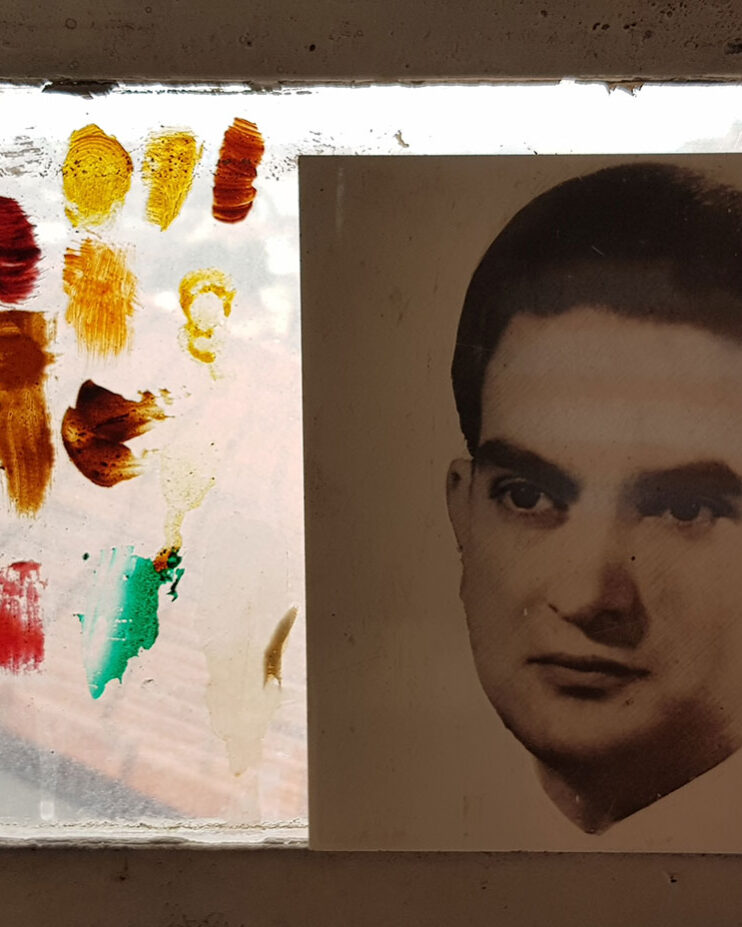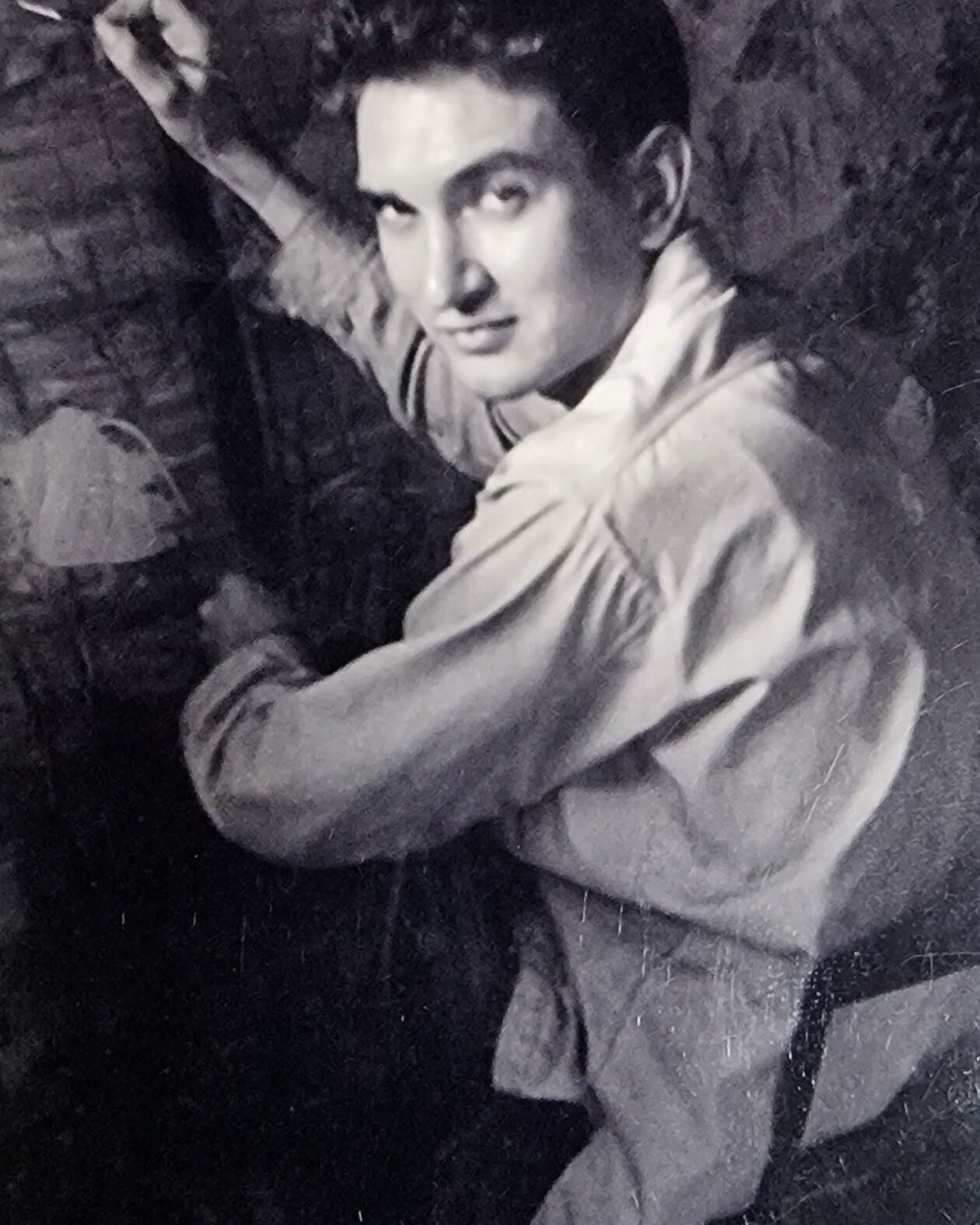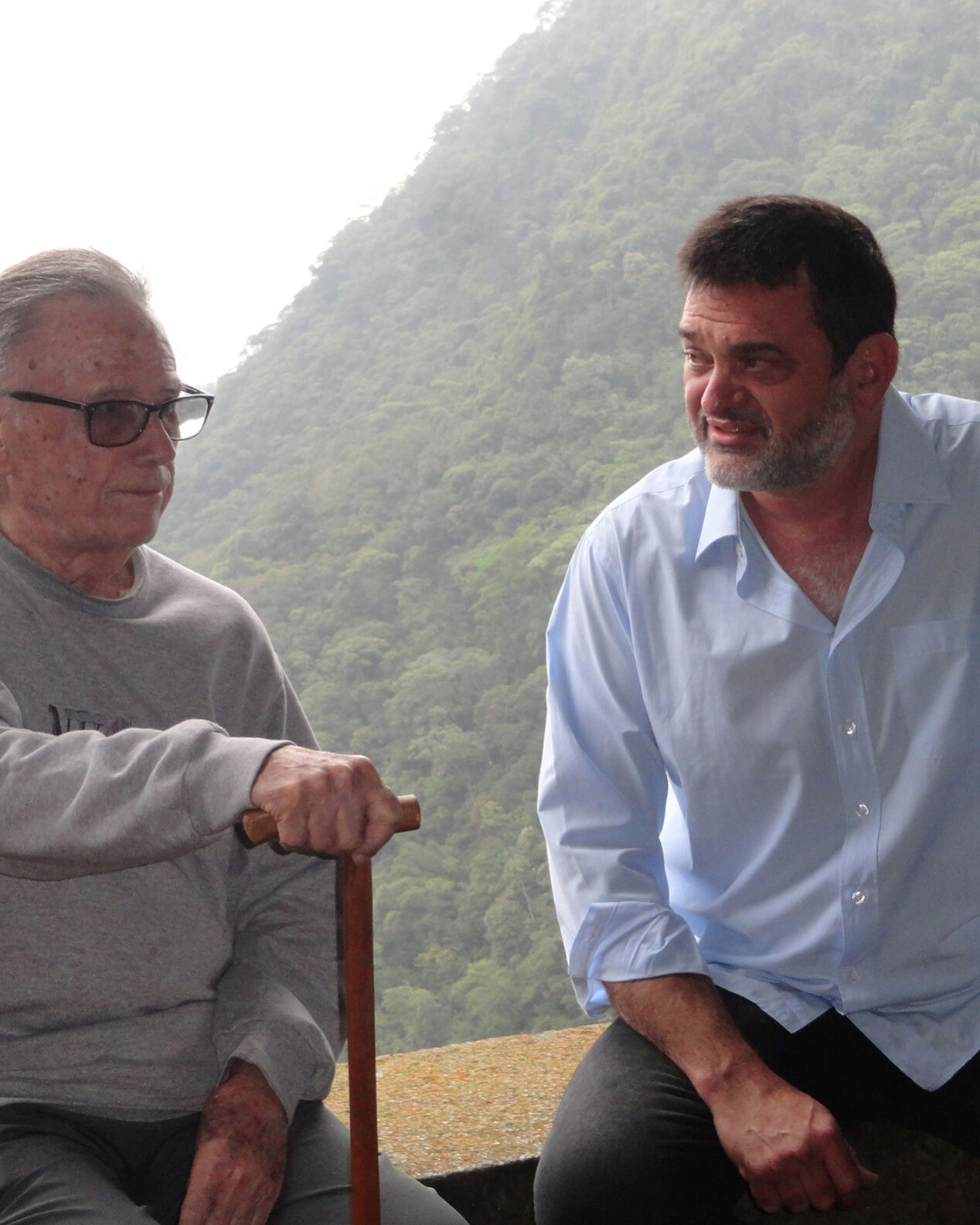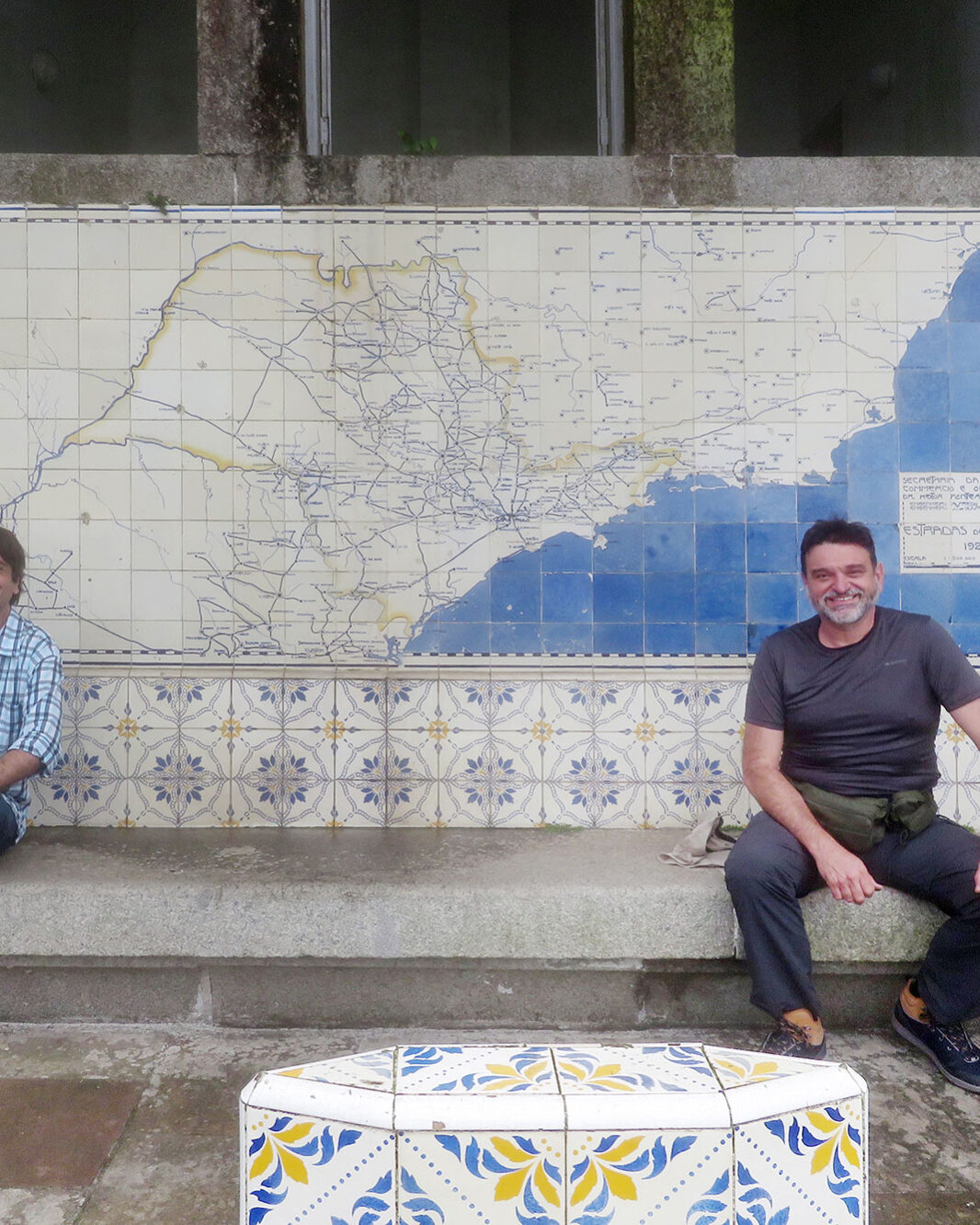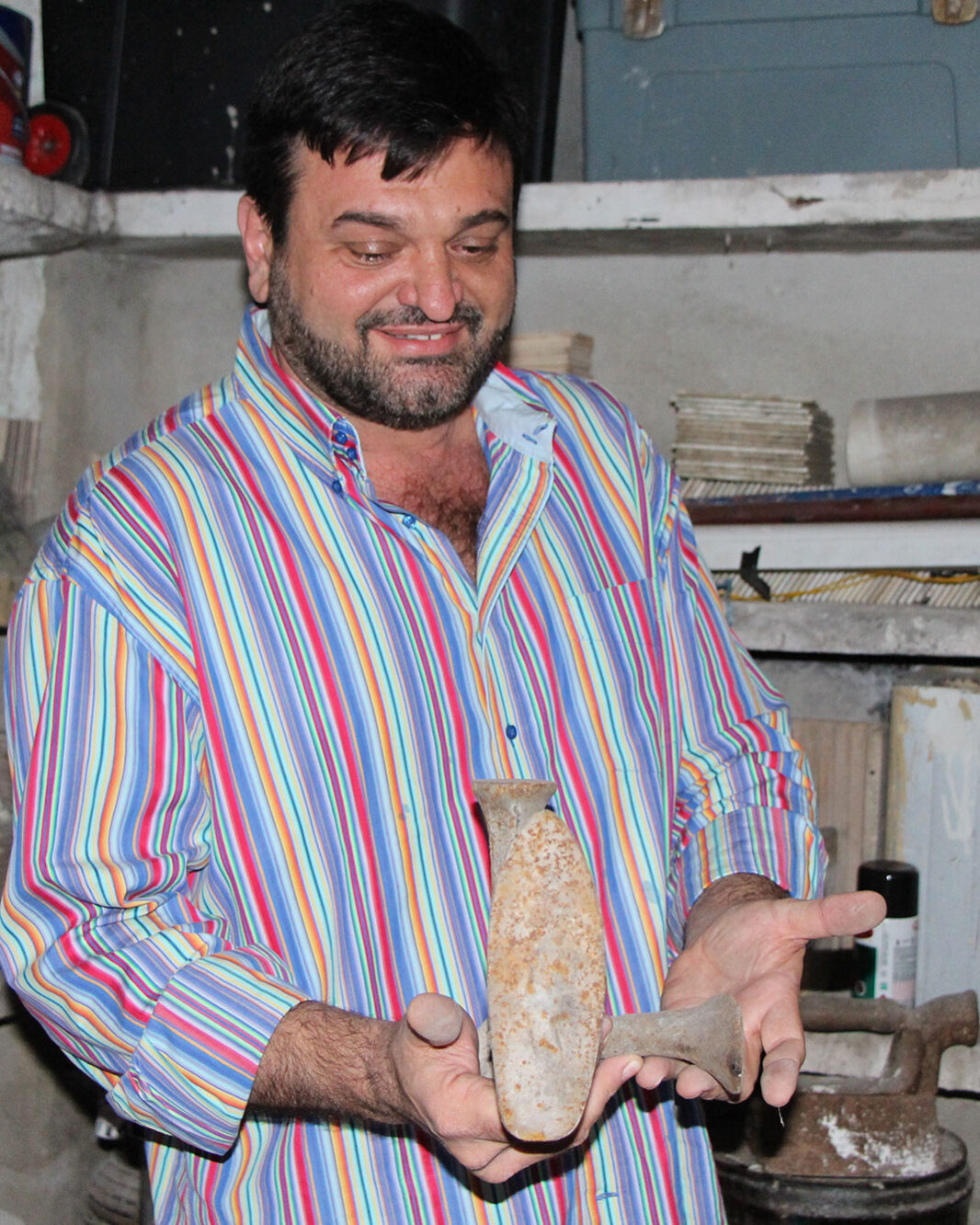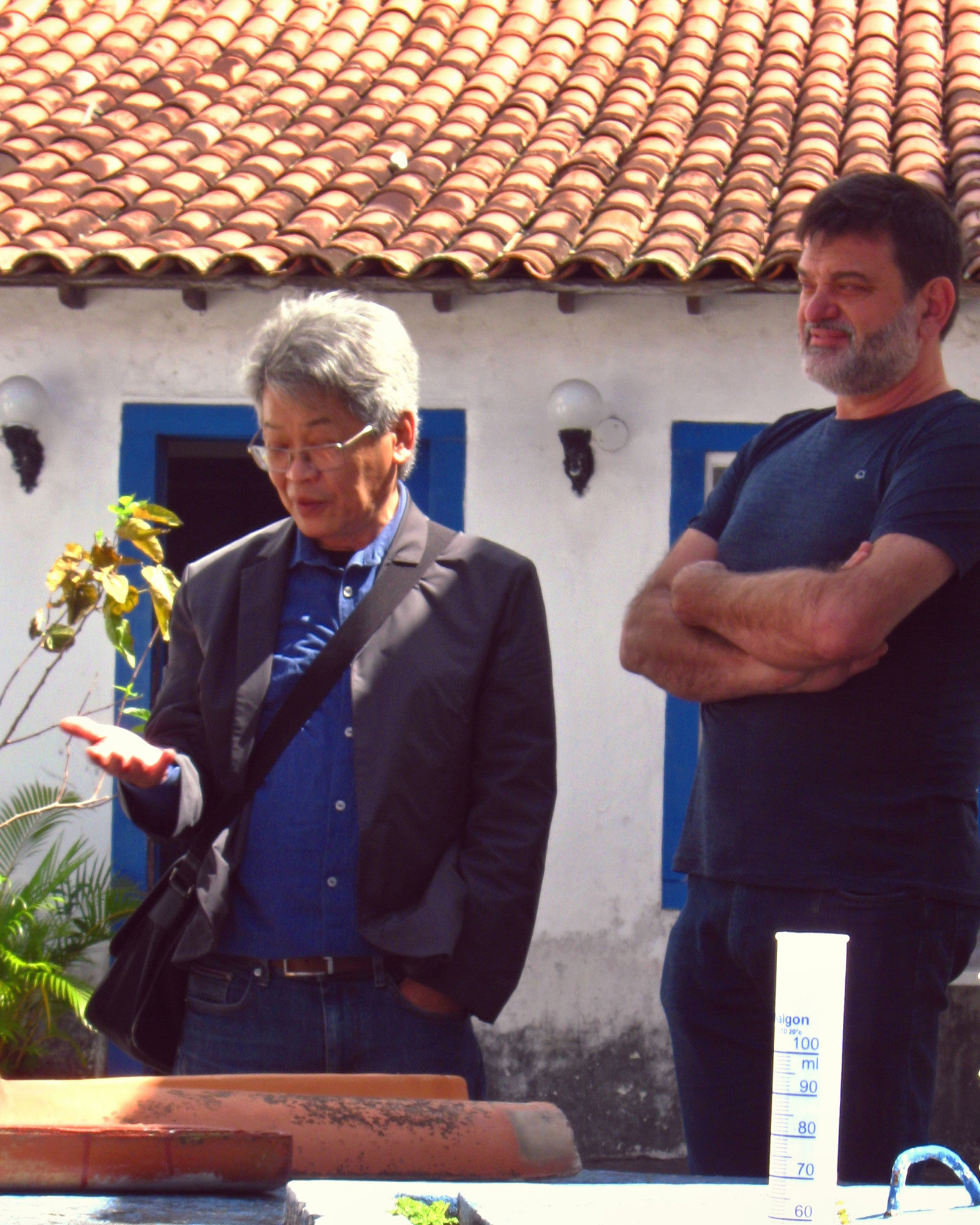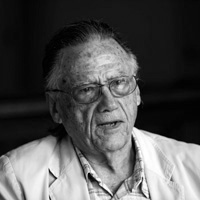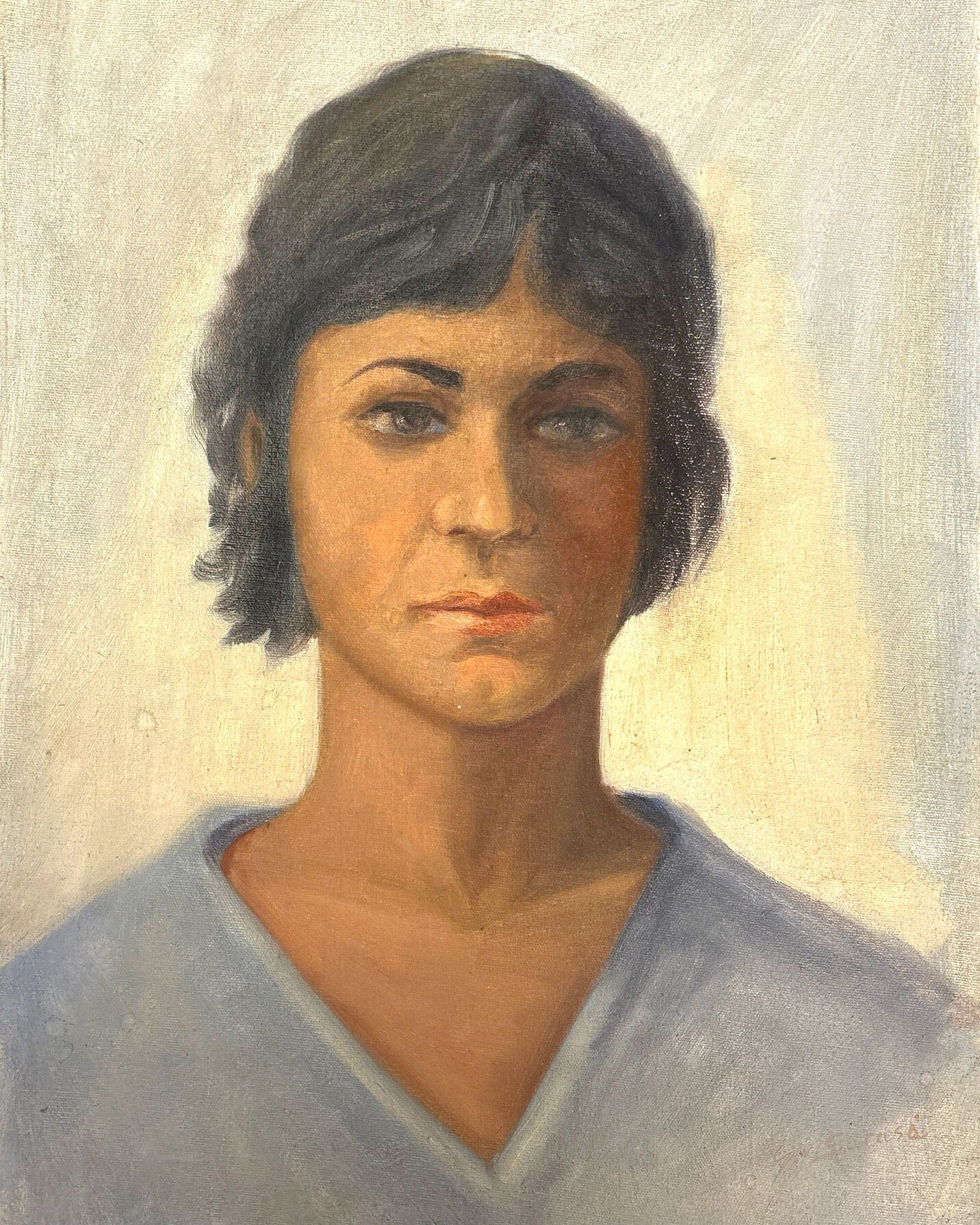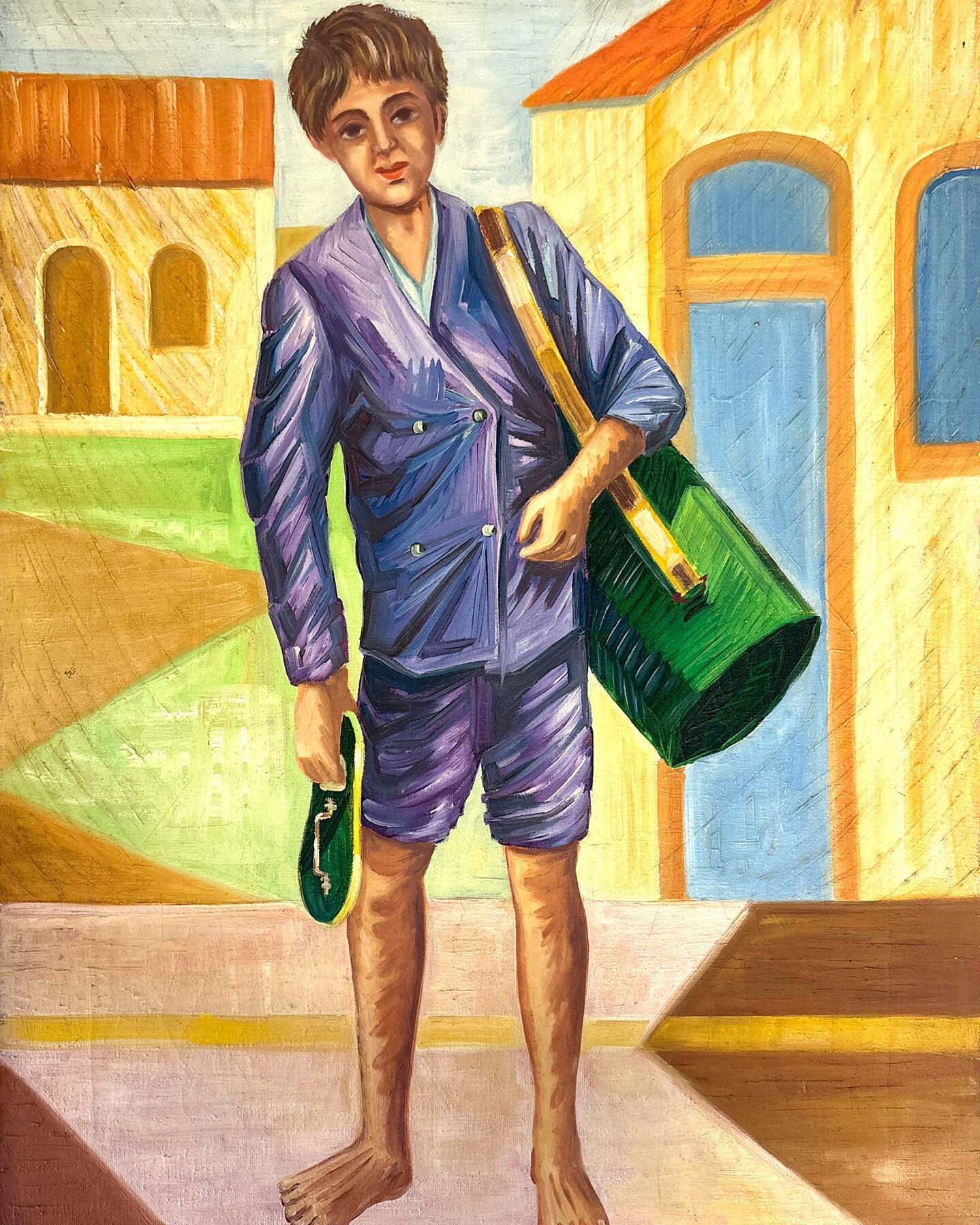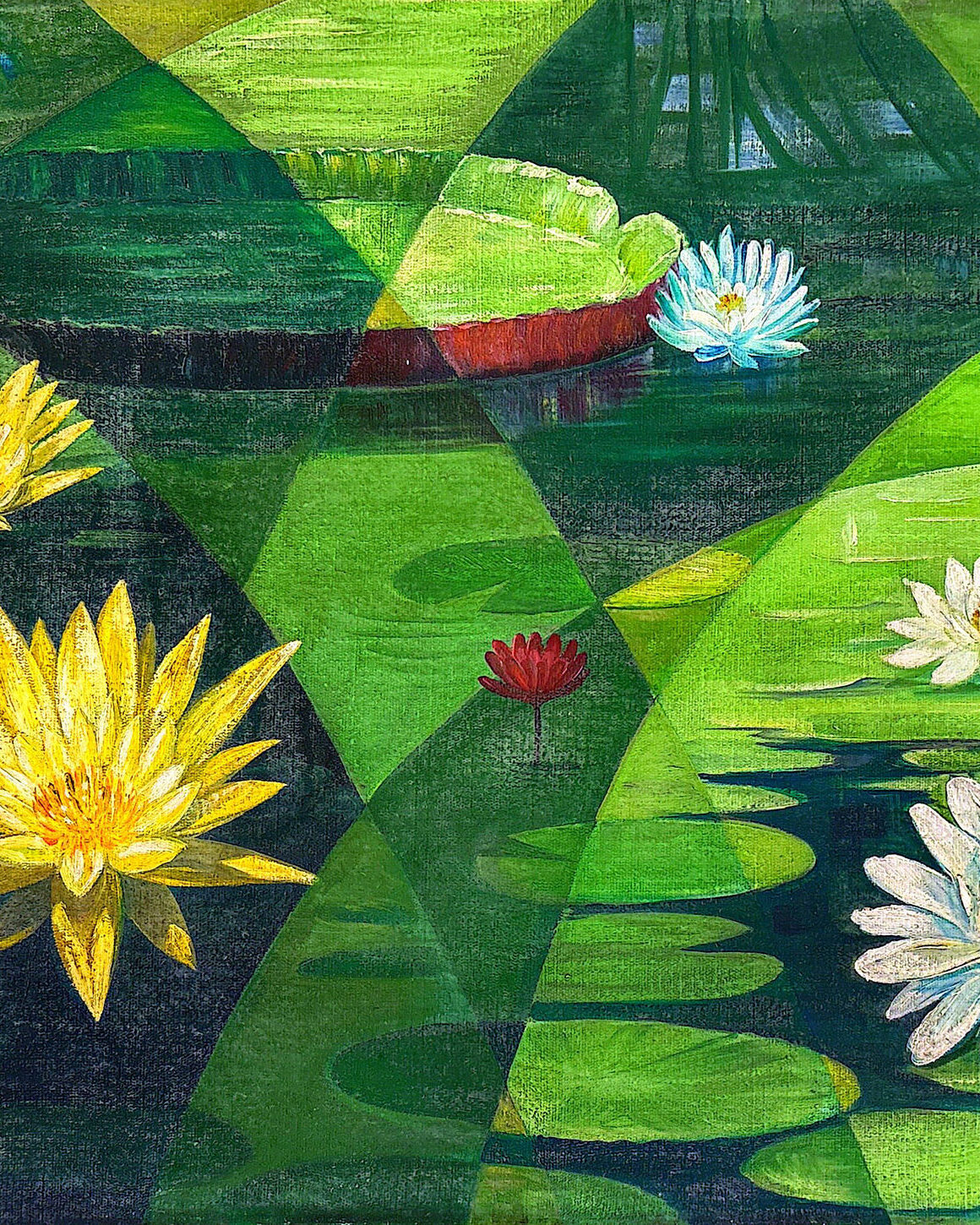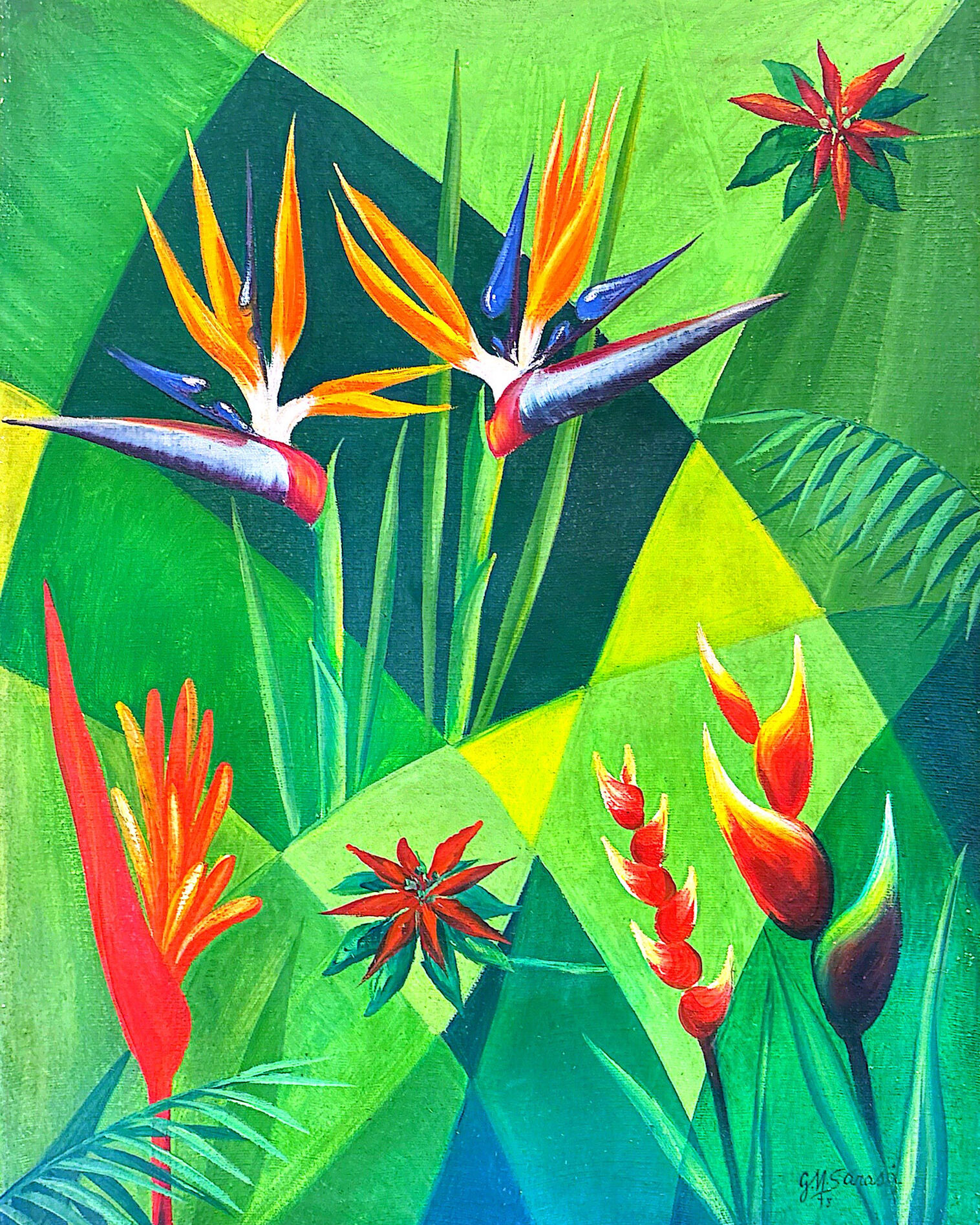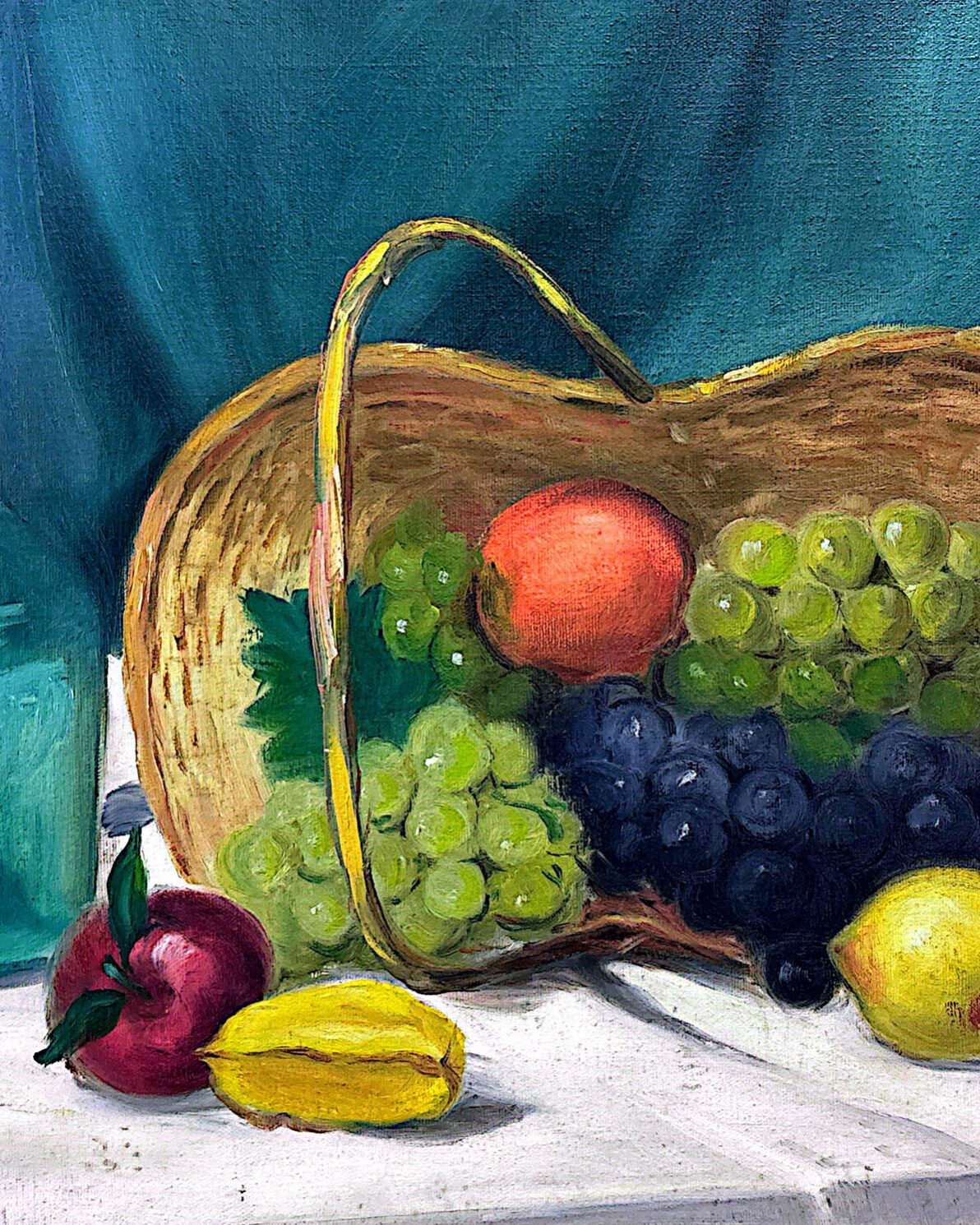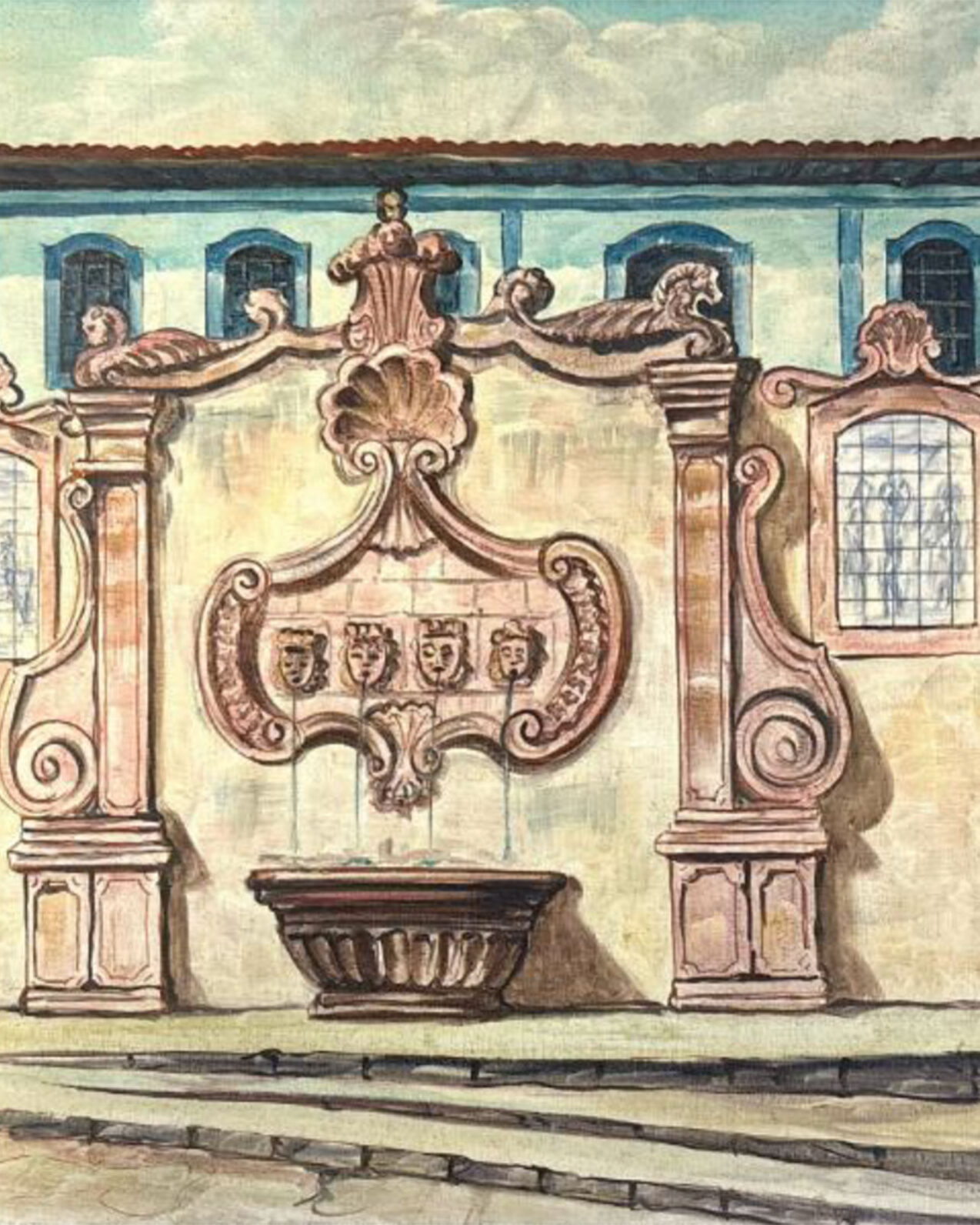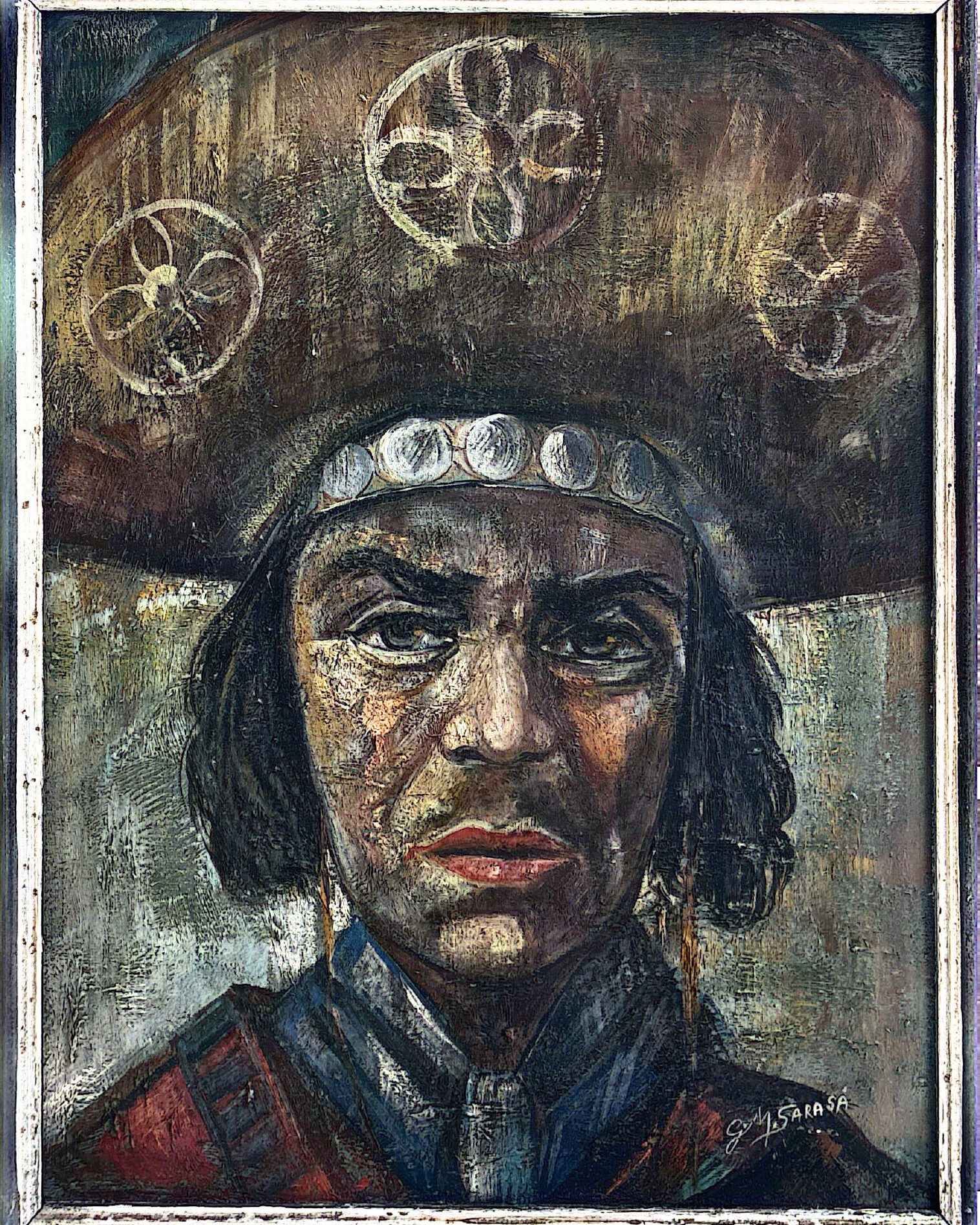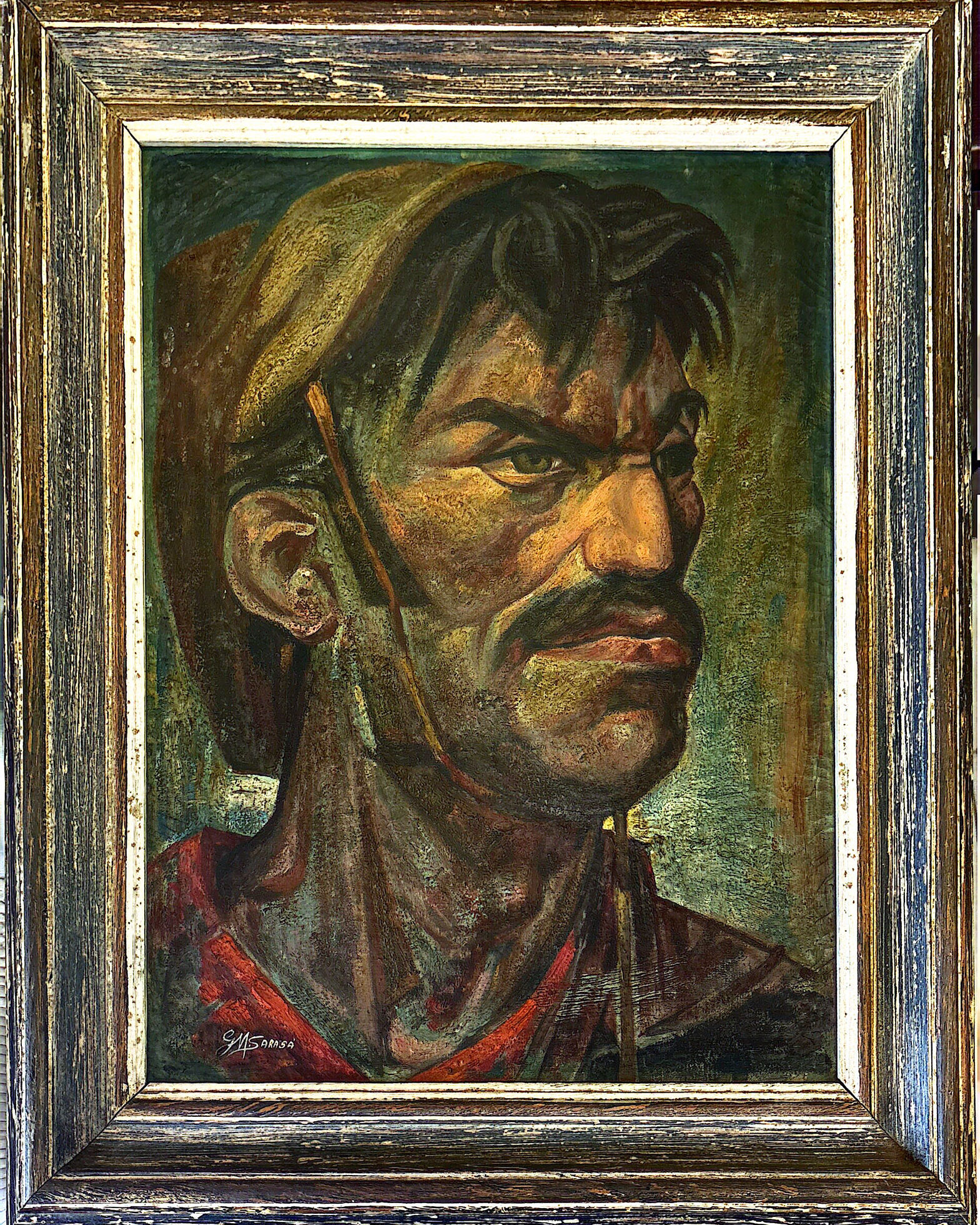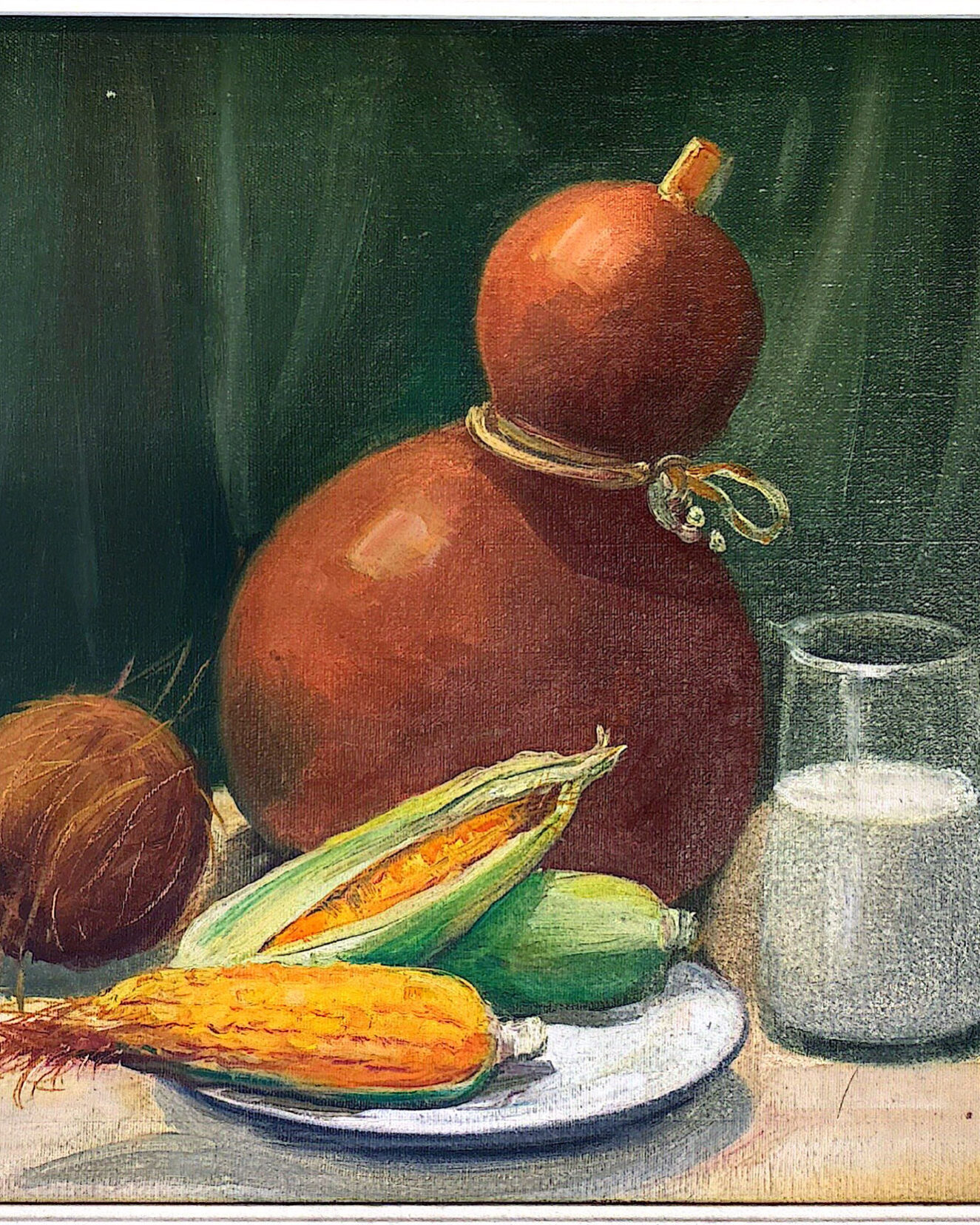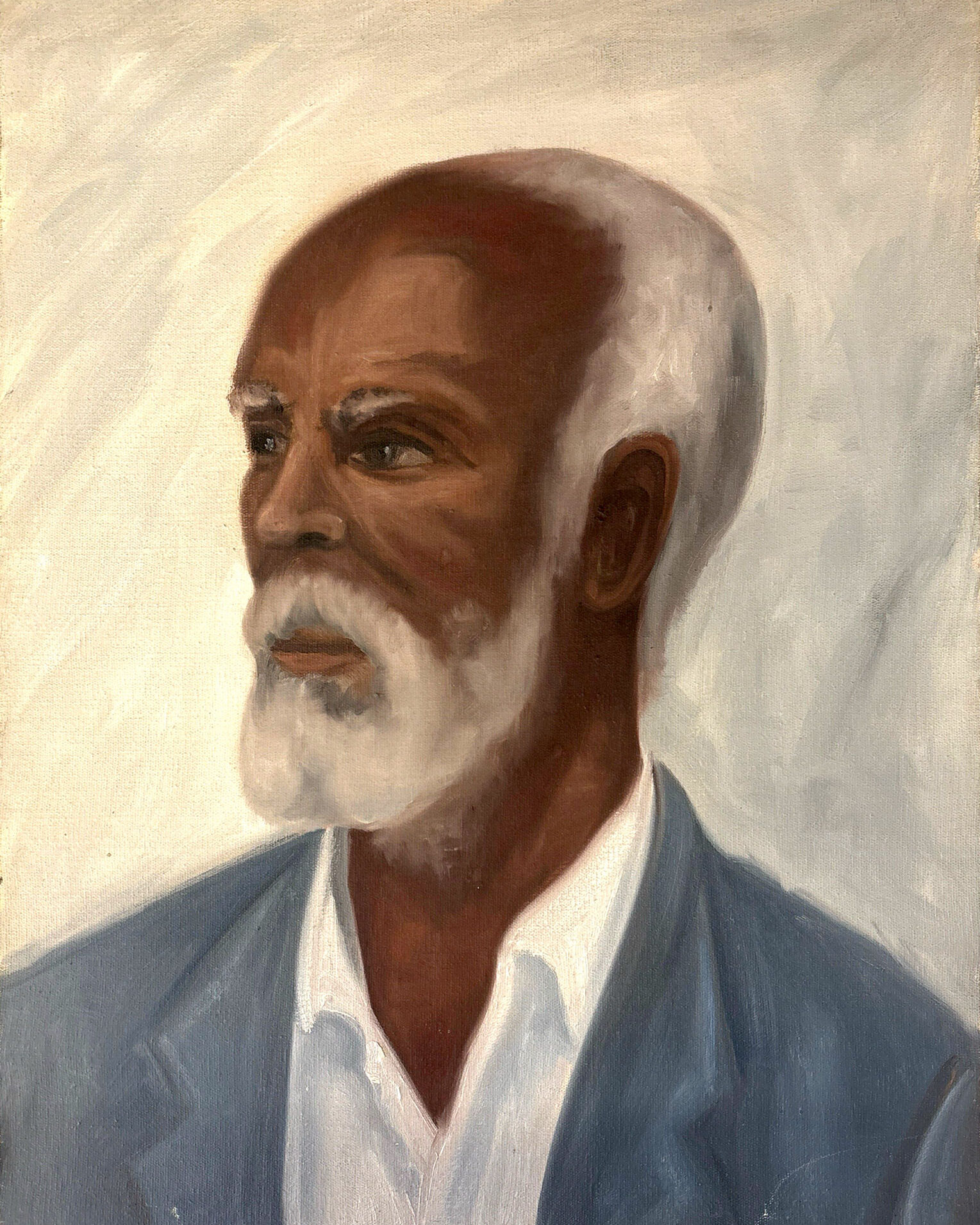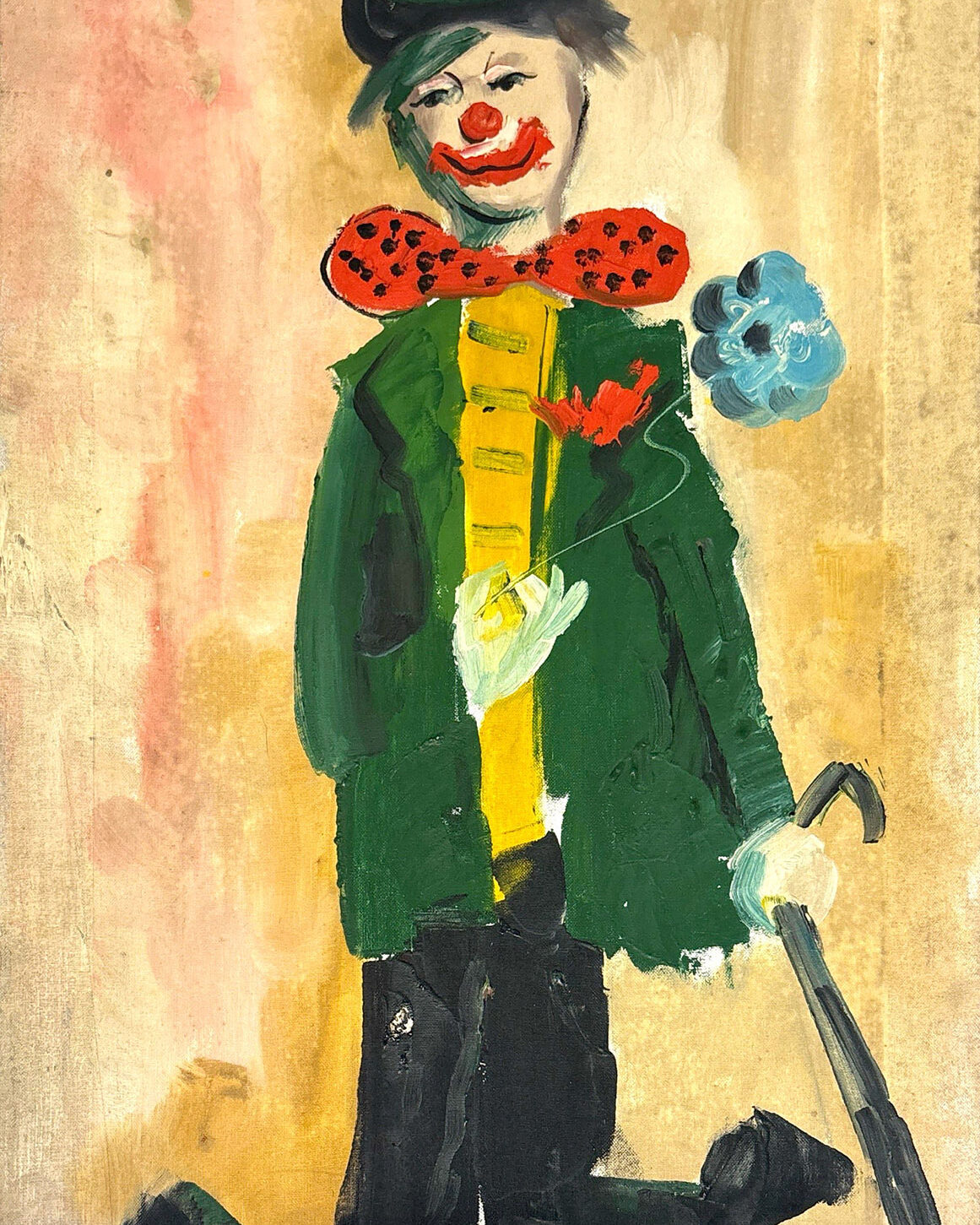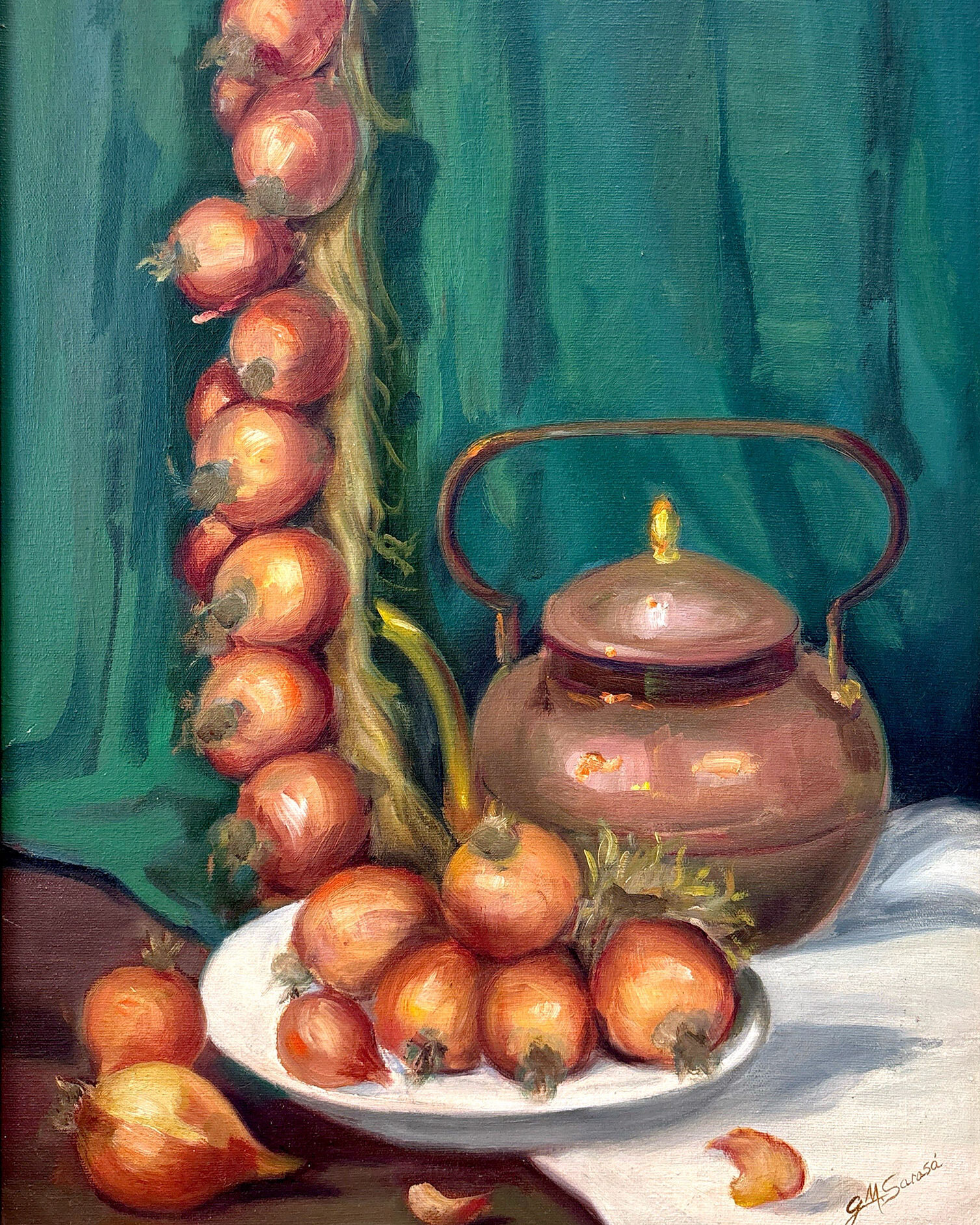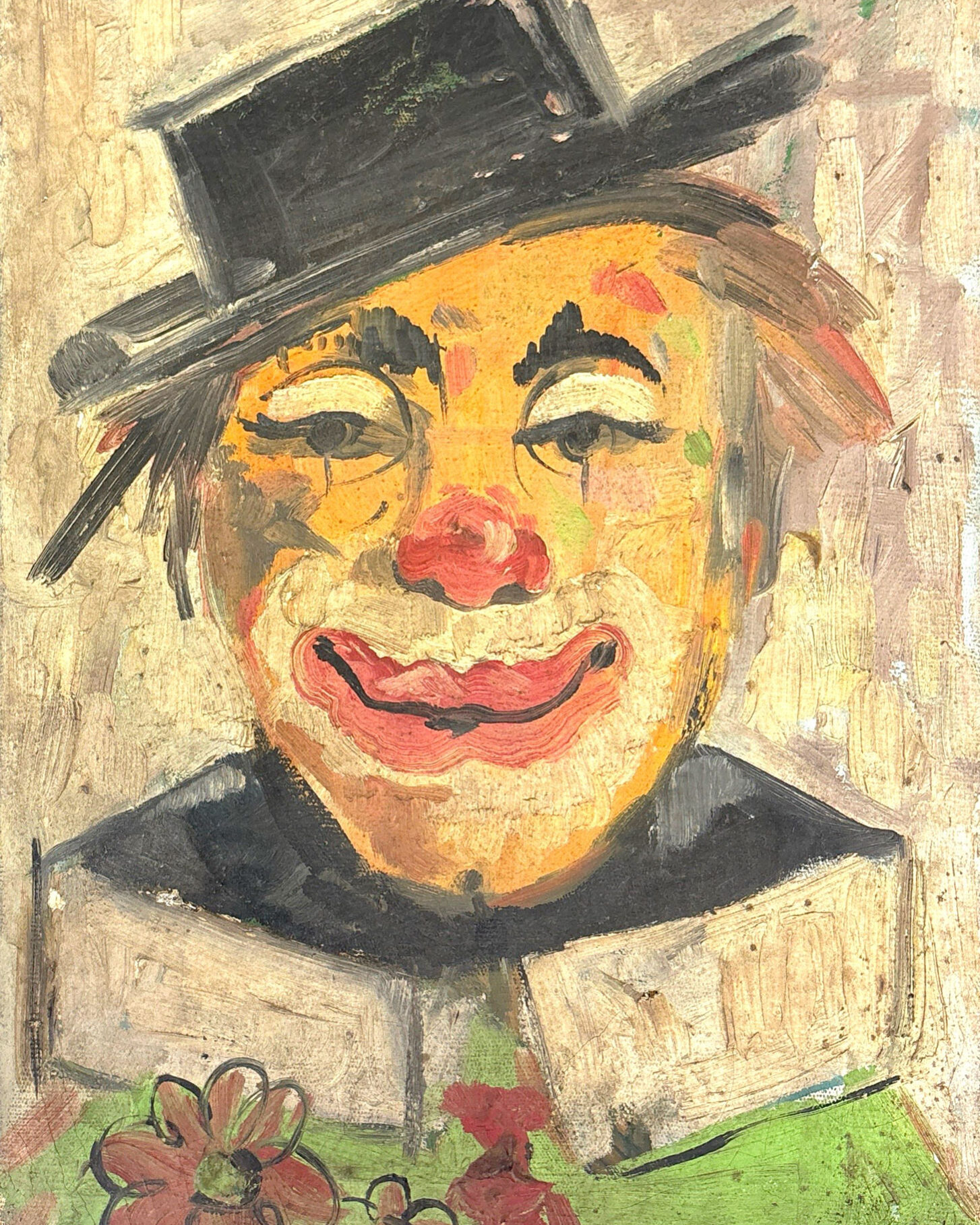The Institute
The Sarasá Institute was founded to deepen the relationships between people and cultural heritage, recognizing that the true essence of cultural assets lies in lived experience and the capacity for appreciation by the communities that surround or distance themselves from them.
Our approach is essentially social and political: every project — whether a conservation-restoration intervention or a Zeladoria initiative — is conceived with the purpose of contributing to the lives of individuals and to the community.
We believe that cultural heritage goes beyond material objects and structures; it is composed of narratives, practices, and meanings that emerge from the cultures that sustain them. To foster this understanding, the Institute promotes workshops, open worksites, and immersive experiences that aim to sensitize the population about the importance of heritage in their lives.
Our projects invite the active participation of citizens, recognizing that the appreciation of heritage takes place through collective experiences and the strengthening of community bonds.
In each of our initiatives, our primary focus is the human being, understanding that cultural heritage perpetuates and dignifies itself through common bonds. This is reflected in our Sarasá Methodology, which seeks to stimulate a sense of belonging and collective cultural identity through communication and shared knowledge.
The Team
To be Sarasá — both through the Institute and through the Company — means understanding the perfect integration between art and the artist’s creative process.
An inspiration that remains alive, part of each of us, and which we hope will be transmitted through our works, projects, and socio-political and cultural dreams.
Being Sarasá reflects the awareness and responsibility of Gerardo and, above all, his sensibility and his perspective on life and nature — qualities present in his art.
The Sarasá Institute is made by many hands, especially those that articulate and build networks for the preservation of cultures.
At the helm of the institution, we have its Board and its Council:
Executive Director
Antonio Luís Ramos Sarasá Martin
Deliberative Council
Ana Carolina Giorgi Martin
Flávia Sutelo da Rosa
Julia Giorgi Martin
Maria José Batista de Oliveira
Mariana Giorgi Martin
Fiscal Council
Francisco de Carvalho Dias de Andrade
Helena Aparecida Ayoub Silva
Lúcia Reisewitz
Maria Lucia Gomes
Alongside the Institute, we have the marked and inspiring presence of our masters.
Carlos Alberto Cerqueira Lemos (1925 – 2025)
Graduated in architecture from Mackenzie University in São Paulo in 1950. He is a full professor in the Department of History at the School of Architecture and Urbanism of the University of São Paulo, a member of the Brazilian Committee of the International Council on Monuments and Sites, and of the Brazilian Committee on Art History.
He participated in the team for the Ibirapuera Park project, led by Oscar Niemeyer, and has directed his own architecture firm in São Paulo since 1952.
He is the author of several works on Brazilian architecture, including Dicionário da Arquitetura Brasileira, Alvenaria Burguesa: Breve História da Arquitetura Residencial de Tijolos em São Paulo, Ramos de Azevedo e Seu Escritório, Casa Paulista, among others.
“In 1981, we worked on the monuments of the Estrada Velha de Santos, in the Parque Caminhos do Mar, under the supervision of Carlos Lemos, then head of Condephaat. At that time, Gerardo Sarasá completed the restoration of the tile murals by artist Wasth Rodrigues, and his sons, Toninho and Marcelo, were already connected to the works.
In 2021, Estúdio Sarasá carried out conservation actions in the artistic and architectural complex Parque Caminhos do Mar. Our activities began marked by the visit of Carlos Lemos to the monuments — then preserved for their centenary in 2022 — under the hands of Gerardo’s successors. .”
About Zeladoria Sarasá
The heritage caretaker course comes at a good time, as, in our view, its creation is more than opportune, given the general lack of information regarding the conservation of architectural cultural assets of historical or artistic interest.
The term “restoration” is widely used to describe interventions on listed properties, without understanding the true meaning of the term. Restoration certainly means recovering the original technical and construction conditions. It means returning to the original volume and finishes of the preserved building. This is extremely difficult to achieve, as many construction techniques are already obsolete; many methods have been completely forgotten; and the rationale behind some finishes is beyond our understanding.
Particularly when programs change due to the disappearance, in contemporary everyday life, of original functions—due primarily to progress—doubts arise about the preservation of remaining sectors or spaces. This difficulty almost always stems from the state of conservation of the cultural asset, which is now and then damaged by the lack of its originality, due to the carelessness of those who wait for something to happen before remedying it. Therefore, it is clear that diligence is paramount, because in any situation, it guarantees authenticity, and thus, proper restoration is completely dispensed with.
Carlos A.C. Lemos
São Paulo, February 27, 2014
Origins
Nothing can separate that wholeness between the creative act and materialization. Artisan and craftsmanship, innate art: “In wood carving lies the human hand, the marks of the gouge, the incisions. In parietal painting one sees the artist’s hand…”. And it is through the gestures of care and through people’s love that cultural heritage and the arts endure over time, full of meaning and significance.
The seeds of the Institute were sown in Brazil by the Catalan artist Gerardo Martin Sarasá, who arrived with his family in 1956. Born in Arbúcies, Girona, Spain — between the end of the Spanish Civil War and the beginning of World War II — he showed his artistic gifts from an early age.
Gerardo, a great painter and restorer, learned his arts through experience. Like his father, Master Luís Martin Lisbona — skilled in the techniques of mosaics, tilework, stained glass, carving, among many others — he preserved the tradition and respect for the processes of learning and transmission of knowledge through knowing/doing. His artistic production and restoration work continued until 1986, when he passed away.
In 1956, upon arriving in Brazil, he founded the Atelier Artístico Gerardo Sarasá, the first arts and restoration enterprise of the Sarasá family in the country, specializing in the crafts of tilework and stained glass. From the 1970s onward, he dedicated himself to conservation, restoration, and Zeladoria of built cultural heritage. Toninho and Marcelo Sarasá, Gerardo’s sons, are today the continuity and living expression of this artistic passion for cultural heritage.
The Sarasá Institute emerges from this cultural and historical heritage, and has in its board and council several professionals dedicated to the field.
The being “Sarasá” remains alive, pulsating — watering the seeds and meanings planted by Gerardo Sarasá.
Gerardo and His Collection
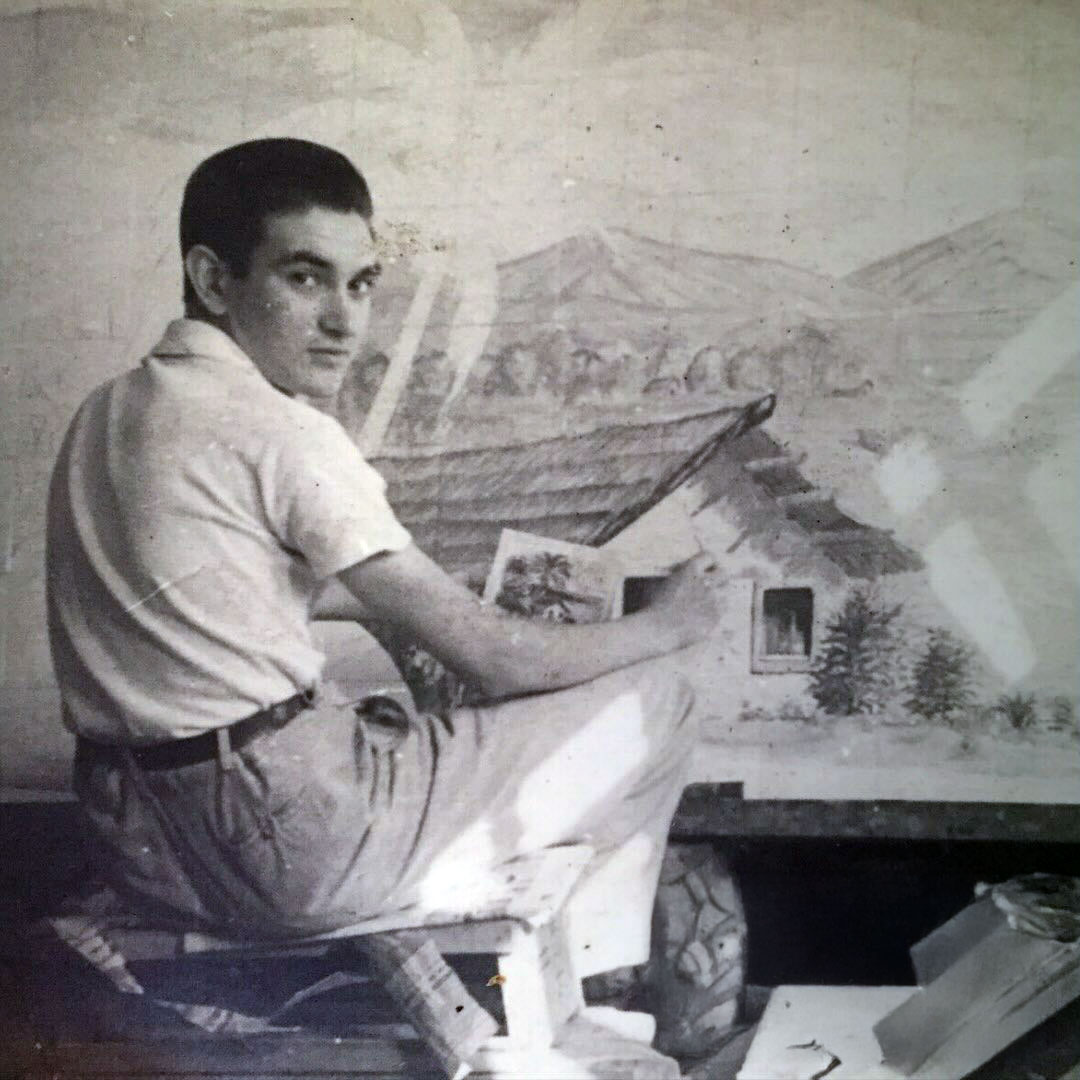 In 1956, upon his arrival in Brazil, Gerardo founded the Atelier Artístico Gerardo Sarasá, the family’s first arts and restoration business in the country, specializing in tilework and stained glass. From the 1970s onward, he devoted himself to conservation, restoration, and Zeladoria of built cultural heritage.
In 1956, upon his arrival in Brazil, Gerardo founded the Atelier Artístico Gerardo Sarasá, the family’s first arts and restoration business in the country, specializing in tilework and stained glass. From the 1970s onward, he devoted himself to conservation, restoration, and Zeladoria of built cultural heritage.
Throughout Gerardo’s trajectory, his mode of action and his principal legacy were the love for art and the careful human intervention in buildings and historical heritage.
To him — who in his life was a devoted teacher — we dedicate this Institute.
Below, discover some of Gerardo’s works:


